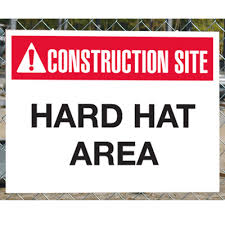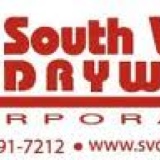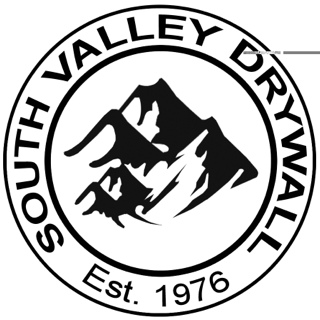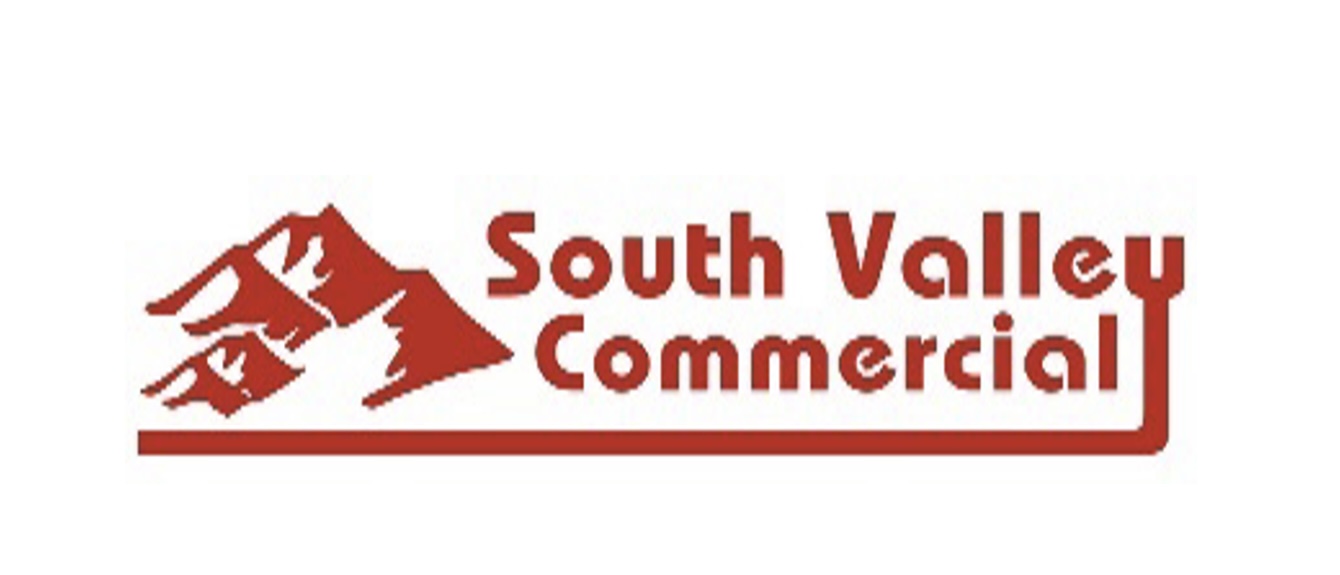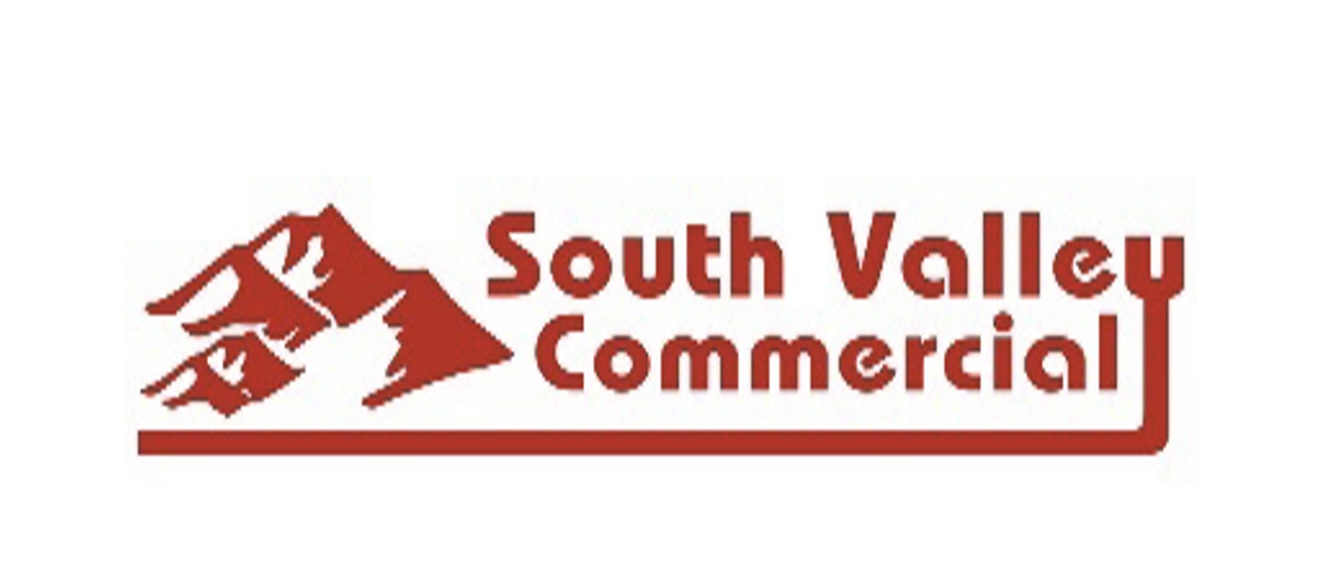Information
-
CLIENT / SITE
-
Conducted on
-
Prepared by
-
Location
-
Personnel
A: JOB INFORMATION
-
A.1. OSHA 300 forms posted and complete when required?
-
A.2. Safety meetings and Tool Box Talks up to date?
-
A.3. Phone # and directions for nearest medical center posted and maps available ?
-
A.5. FIRE AND POLICE phone numbers posted along with emergency site contact numbers ?
-
A.6. First aid kits readily available / access to trained first aiders?
-
A.7 workers compensation information posted?
-
SECTION NOTES:
B Housekeeping
-
B.1. General neatness of work area ?
-
B.2. Waste containers provided and used at all times ?
-
B.3. Any projecting nails or sharp objects removed or safely bent over?
-
B.4. All barricades and caution tape properly installed and maintained?
-
B.5. Passageways, walkways and stairs clear and well lit ?
-
B.6. Proper material storage procedures used ?
-
B.7. Adequate number of dumpsters, properly loaded and covered when needed ?
-
B.8. Lack of or inadequate amenities ? (toilets, wash areas, lunch rooms, etc)
-
B.9. Lack of hot / cold weather provisions [cool drinking water provided ect.]?
-
B.10. laser in use warnings provided when needed?
-
SECTION NOTES:
1. Fall Prevention
-
1.1. Fall risks of 19" or more? (including voids, pits, and trenches) guarded ?
-
1.2. Lack of or unsafe / incomplete leading edge protection? [safety rails, toe boards etc.] ?
-
1.3. All elevator / stair shafts are properly marked and protected ?
-
1.4 All roof areas properly marked and guarded ?
-
1.5. All floor openings more then 3" covered and marked "hole"?
-
1.6. All stairs and landings have correct guards and hand rails ?
-
1.7. All work platforms or work areas 6' or more have safety rails, nets or a personal arrest system ?
-
1.8. Employees working below work areas are protected from falling objects ?
-
SECTION NOTES:
2. Hand, Power and Powder actuated tools and equipment
-
2.1. Incorrect equipment for job? (e.g. grinding discs for cutting)?
-
2.2. Unsafe or damaged equipment? (including missing or damaged guards)
-
2.3. Unsafe or incompatible attachments used with equipment?
-
2.4. Unlicensed or inexpirienced operators using powder actuated tools ?
-
2.4.1 proper use of powder actuated tools and disposal of spent shots?
-
2.5. Lack of safe work instructions?
-
2.6. Lack of training in safe operation, clean-up and maintenance?
-
2.7. Lack of LockOutTagOut procedures for cleaning, servicing and maintenance?
-
2.8. Safe operation of all generators and compressors, air hoses and air tools inspected and safe ?
-
SECTION NOTES:
4. Lifting / Excavation
-
4.1. Unsafe or damaged lifting equipment on site ?
-
4.2. Loads lifted over persons, close proximity to obstacles incl. overhead power lines ?
-
4.3. Lack of maintenance, testing and inspection including daily inspections with records kept on site ?
-
4.4. When working near power or overhead wires is a person appointed to monitor equipment as work is being performed?
-
4.5. Lifting equipment unlabelled, no SWL displayed?
-
4.6. Unlicensed or inexperienced operators?
-
4.7. Lack of LockOutTagOut procedures for cleaning, servicing and maintenance?
-
4.8. Safe weight limit of any equipment exceeded?
-
4.9. Excavated soil is properly benched?
-
4.10. All trenches have proper access / egress & ladders as needed?
-
4.11. Are all utilities properly marked out & markouts protected ?
-
4.12. Are precautions taken for poor or wet soil conditions ?
-
4.13. Are proper support systems used when needed ?
-
SECTION NOTES:
5. Harness and Equipment
-
5.1. Unsafe or damaged harness or equipment?
-
5.2. Incompatible hooks/equipment?
-
5.3. Unlabelled, over due, not inspected or does not meet work requirements ?
-
5.4. Unsafe or uncertified anchor points?
-
5.5. Lack of inspection protocol for equipment?
-
5.6. Lack of or inadequate formal training
-
5.7. Lanyards are equipped with shock absorbers and secured to a substantial object and fall distance is minimal ?
-
SECTION NOTES:
6. Ladders & scaffolding
6.A ladders
-
6.A.1. Unsafe or damaged ladders?
-
6.A.2. Unsafe positioning of ladders?
-
6.A.3. Ladder not properly used ( closed, not tied, not extended 3', improper angle) ?
-
6.A.4. Ladder unsuitable for job? (e.g. metal ladder used for electrical work, other then type 1 or better in use) ?
-
6.A.5. Workers straddling ladder, stepping off step ladder, over reaching or standing to high on ladder ?
6.B scaffolding
-
6.B.1 unlicensed or untrained persons erecting or dismantling scaffolding
-
6.B.2 scaffold unsafe, not fully planked, incorrect or missing safety rails or toe boards
-
6.B.3 lack of daily inspection protocol?
-
6.B.4 scaffold not properly secured to structure, incorrect ladder used for access?
-
6.B.5 incompatible components / unlabeled or do not meet specs.
-
6.B.6 plank is approvedtype, in good condition, properly overlapped & extended 6" to 8"
-
6.B.7 work on scaffold is restricted during storms & high winds
-
6.B.8 when using rolling scaffolds wheels are locked, proper planking utilized and outriggers and safety cage in use?
-
SECTION NOTES:
7. Fire Safety
-
7.1. Properly tagged and hung fire extinguishers of correct rating in proper locations and accessible ?
-
7.2. Fire extinguishers at all gasoline powered equipment including generators and gasoline compressors ?
-
7.3. Only metal safety gasoline [ or other flammable fluids] containers on site or in trucks when on site ?
-
7.4. Torch cart has divider and backflow protectors installed and fire extinguisher within 10'?
-
7.5. NO SMOKING signs posted and enforced throughout site ?
-
SECTION NOTES:
8. Emergency Response
-
8.1. Lack of emergency plans or training / knowledge of emergency plans for site?
-
8.2. Emergency contacts and procedures not displayed at site?
-
8.3. high wind,heavy rain, extreme cold weather or severe storm plans in place ?
-
8.4. Unsuitable or inadequate communication equipment? [radios / horns]
-
SECTION NOTES:
9. Traffic Management
-
9.1. Lack of, or inadequate, Traffic Management Plan (TMP) in place?
-
9.2. Lack of training in TMP for all persons on site? <br>(contractors and visitors)
-
9.3. Inadequate controls for TMP? (physical barriers, bollards, speed limits, flashing lights, spotters, etc)
-
SECTION NOTES:
10. Personal Protective Equipment (PPE)
-
10.1. Hard Hats, safety shoes, eye & hearing protection used when needed ?
-
10.1.1. Protective clothing or hiviz shirts / vests worn as needed or required ?
-
10.1.2. Lack of, or inadequate PPE supplied or used ?
-
10.2. Lack of system to issue, inspect, replace and monitor PPE ?
-
10.3. Lack of training in safe use, clean-up and inspection of PPE ?
-
SECTION NOTES:
11. Electrical Hazards
-
11.1. Unsafe electrical cords (damaged, pulled out of plug/socket, missing ground prong)
-
11.2. High voltage work only by certified employees and hot work permits issued?
-
11.3. Powered electrical panels and boxes covered and marked "live"
-
11.5. Overloading / damaged outlets or cords?
-
11.6. Cords laying on metal track or other dangerous conditions
-
11.7. Electrical equipment used near water or wet conditions?
-
11.8. GFCI'S in use at all times [generators & supplied power] and tested on a regular basis
-
11.9. Electrical equipment near flammables or near chemicals that could cause damage?
-
11.10. Electrical cords that may be damaged from contact with moving machinery parts?
-
11.11. Temporary lighting and power is properly installed and maintained at all times?
-
11.12. Lack of LockOut/TagOut (LOTO) procedures for electrical equipment ?
-
SECTION NOTES:
12. PITs [elevated work platforms construction forklifts & man lifts]
-
12.1.Elevated work platforms used in accordance with manufacturers recommendations ?
-
12.2. Out riggers used correctly if required and properly leveled ?
-
12.3. All workers in boom type manlifts using proper fall protection at all times ?
-
12.4. All ground controls working correctly ?
-
12.5. All operators trained and certified [proper PIT licence in hand]?
-
12.7. Workers keep both feet on platform, do not stand on rails or climb off elevated platform & safety chain used at all times?
-
12.8. If construction fork lift is used to lift workers is proper approved cage used, properly installed and does manufacturer approve using forklift to lift personal ?
-
SECTION NOTES
13. Vehicles
-
13.1. Vehicles, [material or earth moving] have an unobstructed view & have a working back up alarm ?
-
13.2. Vehicles and equipment have seat belts and are they used at all times ?
-
13.3. All operators properly licensed and trained to use the equipment ?
-
13.4. All cranes & construction lifts used correctly ?
-
13.5. Workers kept from under suspended loads at all times ?
-
13.6. All chains & slings inspected and tagged as required and tag lines used ?
-
SECTION NOTES
14. Administrative Procedures
-
14.1. Lack of or inadequate Site Safety Plan ?
-
14.2. Failure of subcontractors to obtain special permits (Hot Works, Confined Space etc)
-
14.3. Lack of, or inadequate, induction & sign in for workers, contractors, visitors?
-
14.4. Competent person on site at all times for each subcontractor.
-
14.5. Lack of/or inadequate training, licenses, skills, experience ?
-
14.6. Written fall protection program in place and followed at all times.
-
14.7. Lack of/or inadequate incident notification procedures?
-
14.8. specific safety plan on file for every contractor working on site?
-
SECTION NOTES:
15. CONCRETE CONSTRUCTION
-
15.1 all workers protected from cement dust and all exposed skin covered?
-
15.2 all rebar both horizontal & vertical has proper caps?
-
15.3 all walls over 8' are properly supported
-
15.4 proper number of workers for each operation?
-
15.5 all masonry saws have proper guard and all workers are wearing proper PPE at all times
-
15.6 proper access and egress to work area provided?
-
15.7. all workers wearing hiviz vests when working near equipment?
-
SECTION NOTES
16. COMPRESSED GAS CYLINDERS
-
16.1 oxygen & fuel gas cylinders stored a minimum of 20' apart and secured correctly
-
16.2 smoking prohibited in storage areas & all tanks are secured, upright and capped?
-
16.3 gas cylinders transported and handled properly?
-
16.4 all cylinders labeled properly and storage area has proper signage and fire extinguisher mounted nearby?
-
SECTION NOTES
17. HAZARDOUS CHEMICALS [INCLUDING FUEL AND OIL]
-
17.1 unsafe storage location [near source of ignition or where spills could enter storm water]
-
17.2 incompatible chemicals stored near each other?
-
17.3 inadequate spill containment equipment?
-
17.4 SDS sheets readily accessible on site?
-
17.5 lack of chemical emergency procedures for injury/ spills /fire etc?
-
17.6 incorrect or insufficient PPE?
-
17.7 unsuitable storage containers?
-
SECTION NOTES:
Additional notes or concerns
-
Enter any other issues or concerns noted
-
Add media
Corrective Actions
-
ENTER ANY CORRECTIVE ACTIONS THAT WILL BE UNDERTAKEN, INCLUDE PHOTOS IF POSSIBLE:
-
Add media
-
ENTER ANY CORRECTIVE ACTIONS THAT HAVE BEEN TAKEN [FROM PRIOR AUDITS] [PHOTOS IF POSSIBLE]
-
Add media
Sign Off
-
On site representative
-
Auditor's signature






